Let's look at the last flower clusters in the world's polar regions
Bunches of Arctic poppies trying to survive harsh weather. Scientists found them only about 51cm south of the world's northernmost pole.
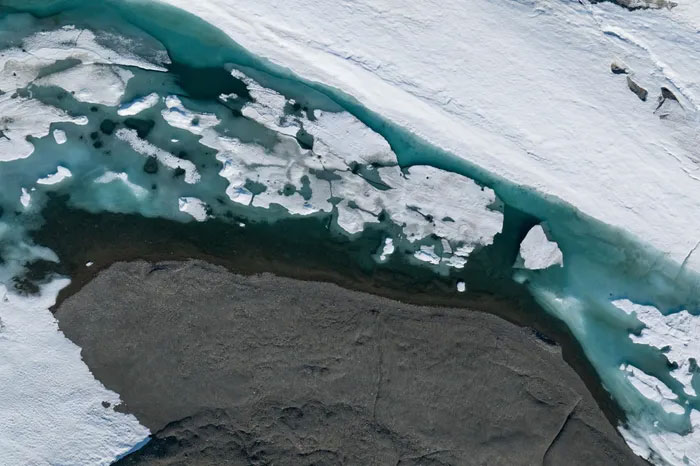
Inuit Qeqertaat or Kaffeklubben Island is a dark gray gravel bar on the northern coast of Greenland. Danish explorers of the early twentieth century named this land, according to National Geographic. During the survey to find creatures that can live among this rocky land, climate change researchers and the team of explorer Brian Buma from National Geographic found a common species of moss ( tortula mucronifolia ), a yellow Arctic poppy, and papaver radicatum (of the poppy family) , grow just a few centimeters south of the moss.
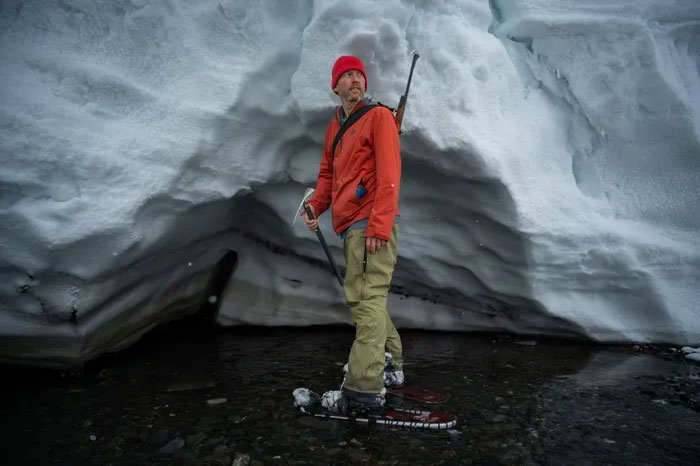
Brian Buma collects samples from different layers of Arctic glaciers. This area is considered the world's "ice desert" with very little precipitation. Glacier patterns represent snowfall over many years.
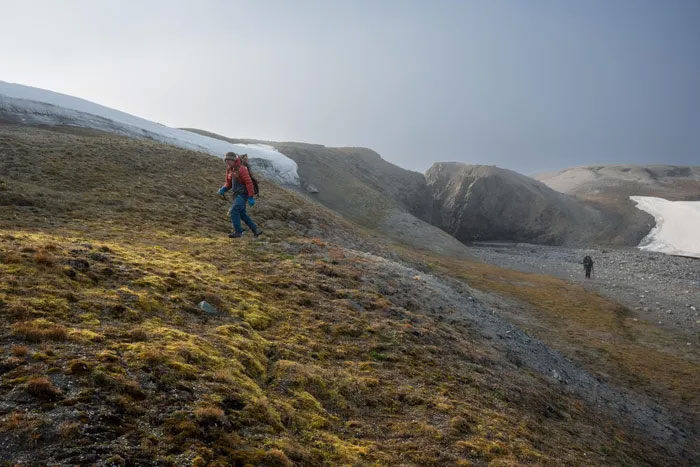
Here, Greenlandic archaeologist Aka Simonsen also discovered an Inuit stone ring about 700 years old, possibly the northernmost archaeological relic .
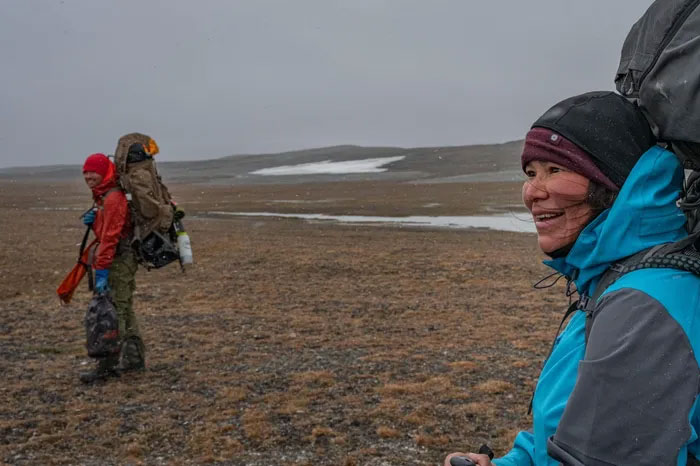
Aka Simonsen prepares to leave camp with Brian Buma just as the weather begins to change. After only a few hours arriving at the northernmost island, the group left, planning to return the next day. However, returning became difficult after several days of bad weather that turned into a storm, bringing strong winds and heavy rain. The July storm dumped nearly a meter of snow and snowfall amounted to several meters. Harsh conditions forced the team to stay at their base for a week.
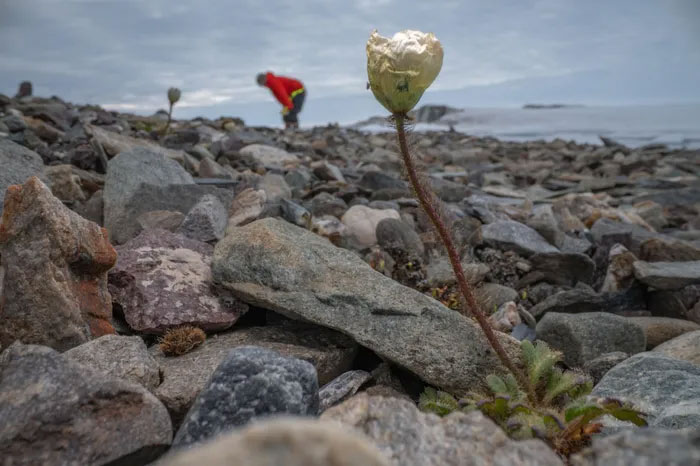
Pictured is a solitary Arctic poppy near the coast of Inuit Qeqertaat. National Geographic explorers saw them right behind the poppy cluster mentioned above. From there, they concluded that poppies grow scattered on the northern edge along with a few purple tiger ear grass (saxifraga oppositifolia).

An Arctic poppy thrives on the northern coast of Greenland. Most plants in this area will grow in clumps, "leaning" on each other to protect themselves from harsh weather. Like a satellite dish, they will slowly rotate with the sun. During the expedition, scientists found this poppy bush about 20 inches (51 cm) south of the Earth's northernmost point.

Purple tiger ear grass (saxifraga oppositifolia) . This is the tallest growing flowering plant in Europe, according to National Geographic.

A plant in the carnation family that grows through the snow . Like many other plants found in the Arctic, hairy stems help protect them from extreme cold temperatures.

A scientist identifies moss and other tiny Arctic flora through a small handheld magnifying glass. He examined every detail to find factors that help them adapt to cold weather, such as small hairs covering the outside of the tree trunk.

Scientists can use detailed, charting digital maps to see how ecosystems are changing as the Earth warms.
- Polar regions are cooler than anywhere on Earth
- The moment the two star clusters become one
- Record measurements of flowers
- Why do airlines not fly over the polar regions?
- Find the oldest cluster of galaxies
- Video: Arctic and Antarctica seen from the air
- Impressive photos in the polar region
- 4 galaxy clusters collide 3 billion light-years from Earth
- 10 most rare and beautiful flowers in the world
- 8 species of the most expensive flower on the planet, with money is not sure to buy
- Bustling 'Tet flowers' in the Capital
- Ungulates help maintain permanent ice
 Why do potatoes have eyes?
Why do potatoes have eyes? 'Tragedy' the world's largest carnivorous life: Death becomes ... public toilet
'Tragedy' the world's largest carnivorous life: Death becomes ... public toilet Tomatoes were once considered 'poisonous' for 200 years
Tomatoes were once considered 'poisonous' for 200 years Detecting microscopic parasites on human face
Detecting microscopic parasites on human face